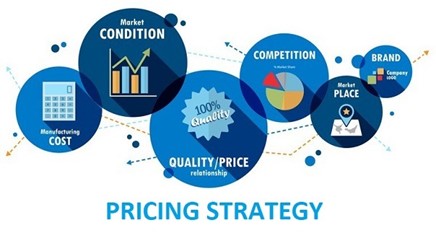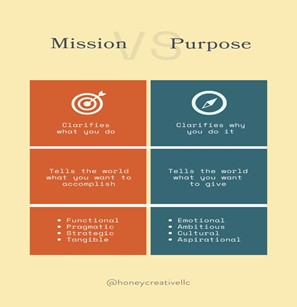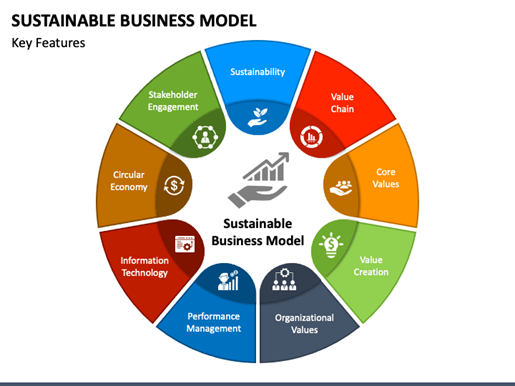How to create a sustainable business model

How to create a sustainable business model
by vivienne 11:32am Jan 04, 2025

Creating a sustainable business model is essential for long-term success and positive impact. A sustainable business model goes beyond just profitability; it integrates economic, environmental, and social considerations to ensure that the company remains viable and beneficial to society in the long term. Here’s a step-by-step guide on how to create a sustainable business model:
1. Define Your Purpose and Mission
Start with a clear vision: A sustainable business model should have a mission that aligns with long-term goals, including positive social and environmental impact. Begin by defining your core values, the problem you are solving, and how your product or service contributes to society and the planet.
Example: Patagonia’s mission is to use business to inspire and implement solutions to the environmental crisis. Their sustainability efforts are built around this purpose.

2. Understand Your Customer Needs
Focus on value creation: Identify the needs and preferences of your target market and ensure that your business addresses these effectively. Sustainability should add value to customers’ lives, not just reduce environmental impact.
Conduct customer research: Use surveys, focus groups, and market analysis to understand what customers value in terms of sustainability, whether it’s eco-friendly products, ethical sourcing, or social responsibility.
Example: The Body Shop built a loyal customer base by emphasizing ethical sourcing and cruelty-free products that appeal to socially conscious consumers.
3. Adopt a Circular Economy Model
Reduce waste and promote reuse: In a circular economy, products and materials are reused, refurbished, remanufactured, or recycled instead of being discarded after use. This approach reduces waste and minimizes the need for raw materials.
Implement product life-cycle thinking: Consider the entire life cycle of your products—from design and production to disposal and recycling. Aim to design products that can be easily reused or recycled to reduce environmental impact.
Example: IKEA has committed to using more sustainable materials and promoting recycling through its circular economy model, where customers can return used furniture for recycling or refurbishment.
4. Create an Environmentally Conscious Supply Chain
Source responsibly: Work with suppliers who share your commitment to sustainability. This includes sourcing raw materials responsibly, reducing carbon footprints, and ensuring fair labor practices.
Ensure transparency: Consumers increasingly want to know the sourcing practices behind the products they buy. Ensure your supply chain is transparent and traceable.
Example: Unilever has adopted sustainable sourcing practices, such as sourcing palm oil from sustainable suppliers to reduce environmental and social harm.
5. Develop a Profitable but Ethical Pricing Strategy
Balance profit with value: A sustainable business model should generate enough revenue to cover costs, invest in growth, and contribute to positive social or environmental impact. However, the pricing strategy should also reflect the ethical nature of your business.
Consider pricing for accessibility: Offer tiered pricing, or consider how you can ensure that your products remain affordable while still maintaining ethical standards.
Example: Fair Trade businesses offer products that guarantee fair wages and ethical working conditions while still providing affordable options for consumers.

6. Integrate Social Responsibility into Your Business
Impact on society: A sustainable business model should also address the well-being of the community, whether through ethical labor practices, philanthropy, or fostering a positive workplace culture.
Engage with your community: This could mean contributing to local charities, providing fair wages, or creating job opportunities for underserved populations.
Example: Toms Shoes built its business model around "One for One," donating a pair of shoes to a child in need for every pair purchased. This model integrates both social and business value.
7. Leverage Technology and Innovation
Use technology to reduce impact: Embrace technology and innovation to make your business processes more efficient, reducing waste, energy consumption, and costs. This might involve using renewable energy sources, automating processes, or implementing data-driven strategies to improve sustainability.
Invest in research and development (R&D): Continuously explore new ways to reduce your carbon footprint and improve your product’s sustainability through R&D.
Example: Tesla disrupted the automotive industry by creating electric cars that do not rely on fossil fuels, reducing carbon emissions and promoting clean energy.

8. Build Long-Term Relationships with Stakeholders
Foster collaboration with partners: A sustainable business requires collaboration with suppliers, customers, employees, and investors who share your long-term vision. Engage with stakeholders regularly to ensure that they are on board with your values and goals.
Customer loyalty and retention: Offer incentives, like loyalty programs or special offers, to retain customers who align with your sustainability efforts.
Example: Ben & Jerry’s has a strong relationship with its suppliers and customers, focusing on ethical sourcing, fair trade practices, and environmental sustainability. They engage with customers on social issues, creating a loyal, values-driven fan base.
9. Adapt and Evolve
Stay flexible: Sustainability is an ongoing journey. Stay open to feedback, adapt to changing regulations, and keep up with new sustainable practices, technologies, and consumer expectations.
Continuous improvement: Continuously assess and improve your sustainability efforts. As new challenges and opportunities arise, be proactive in adjusting your strategy to stay ahead of the curve.
Example: Apple has committed to becoming carbon-neutral across its entire business by 2030, continuously adapting its supply chain and product design to meet that goal.
Key Elements of a Sustainable Business Model:
Economic Sustainability: A profitable business model that ensures long-term financial viability.
Environmental Sustainability: Practices that minimize ecological footprints, including resource conservation, waste reduction, and energy efficiency.
Social Sustainability: Ethical labor practices, community engagement, and promoting social well-being.
Innovation: Continuously improving products, services, and processes to stay competitive and environmentally conscious.
Stakeholder Engagement: Maintaining strong, ethical relationships with customers, employees, investors, and partners.

By integrating these principles into your business model, you create a foundation for success that benefits not just your company but also the environment and society as a whole. A sustainable business is one that balances profit with purpose, and in doing so, builds long-term resilience in an ever-evolving market.






